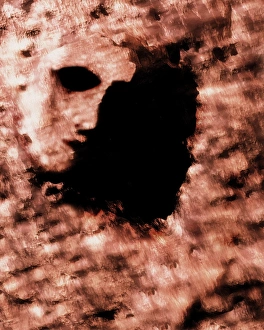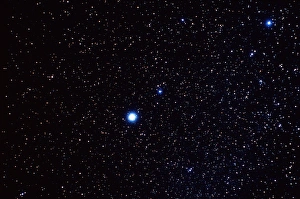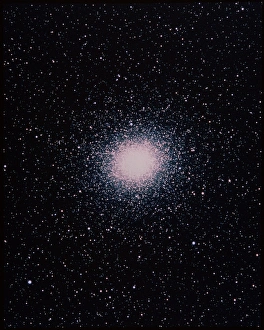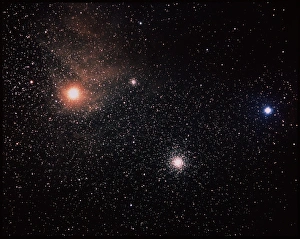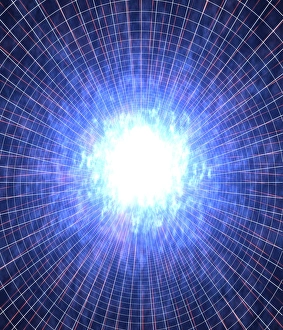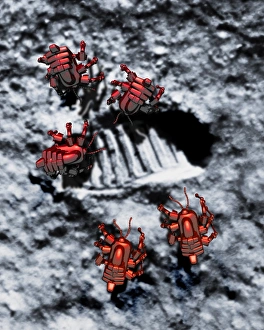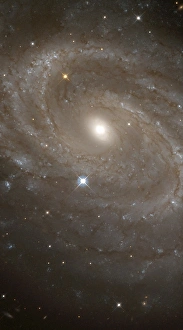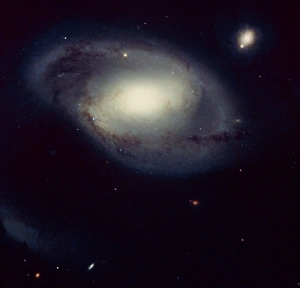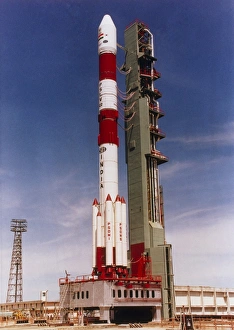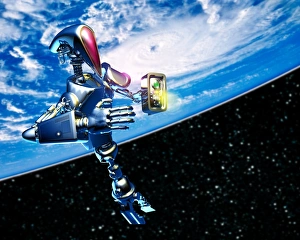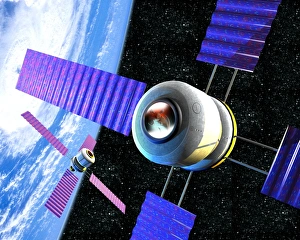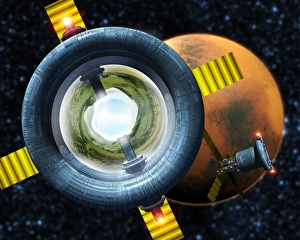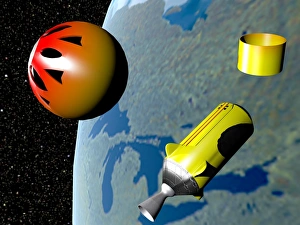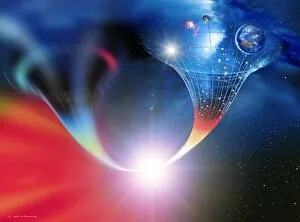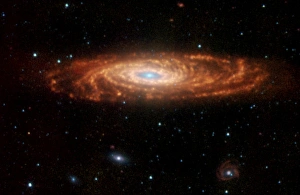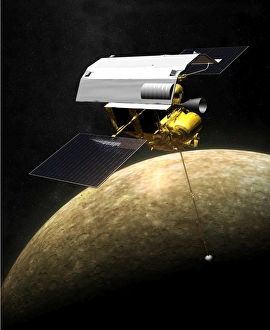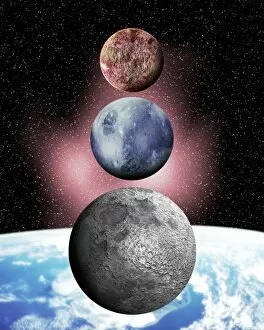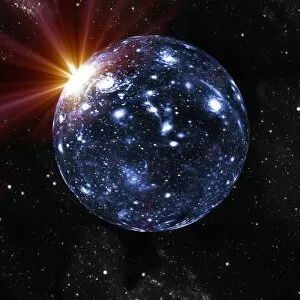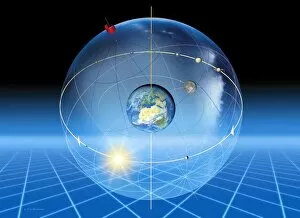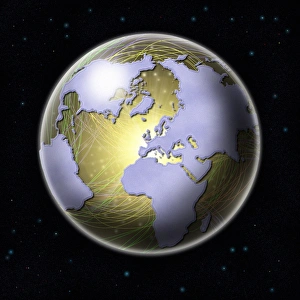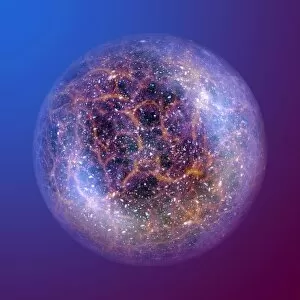Cosmos Collection (page 59)
Gazing into the vast expanse of the cosmos, we are reminded of our place in the universe
All Professionally Made to Order for Quick Shipping
Gazing into the vast expanse of the cosmos, we are reminded of our place in the universe. The Flammarion engraving captures this sentiment perfectly, depicting the edge of the firmament as if peering through a celestial window. As we delve deeper into L atmosphere and explore meteorologie populaire, we uncover hidden wonders that leave us awestruck. The Hubble Ultra Deep Field galaxies reveal a tapestry of cosmic beauty, showcasing countless stars and galaxies stretching beyond imagination. And then there's the MAP microwave background, an ethereal glow that echoes from the birth of our universe - the cosmic microwave background. Intriguingly mysterious is "The Palace of Queen Night, " a set design for The Magic Flute, transporting us to otherworldly realms within our own minds. Meanwhile, amidst it all lies our home - the Milky Way galaxy - with its spiral arms embracing billions of stars. Witnessing a supernova explosion through artwork reminds us of nature's power to create and destroy on an astronomical scale. And let's not forget about Cassini spacecraft orbiting Saturn and its moon Titan; their dance in space captivates both scientists and dreamers alike. Observing conceptual images like "Observing the Universe" allows us to ponder how much more there is to discover beyond what meets our eyes. Another supernova in galaxy or planetary nebula reveals yet another spacial phenomenon waiting to be unraveled by curious minds. In this boundless cosmos, we find ourselves humbled by its grandeur while simultaneously inspired by its mysteries.


